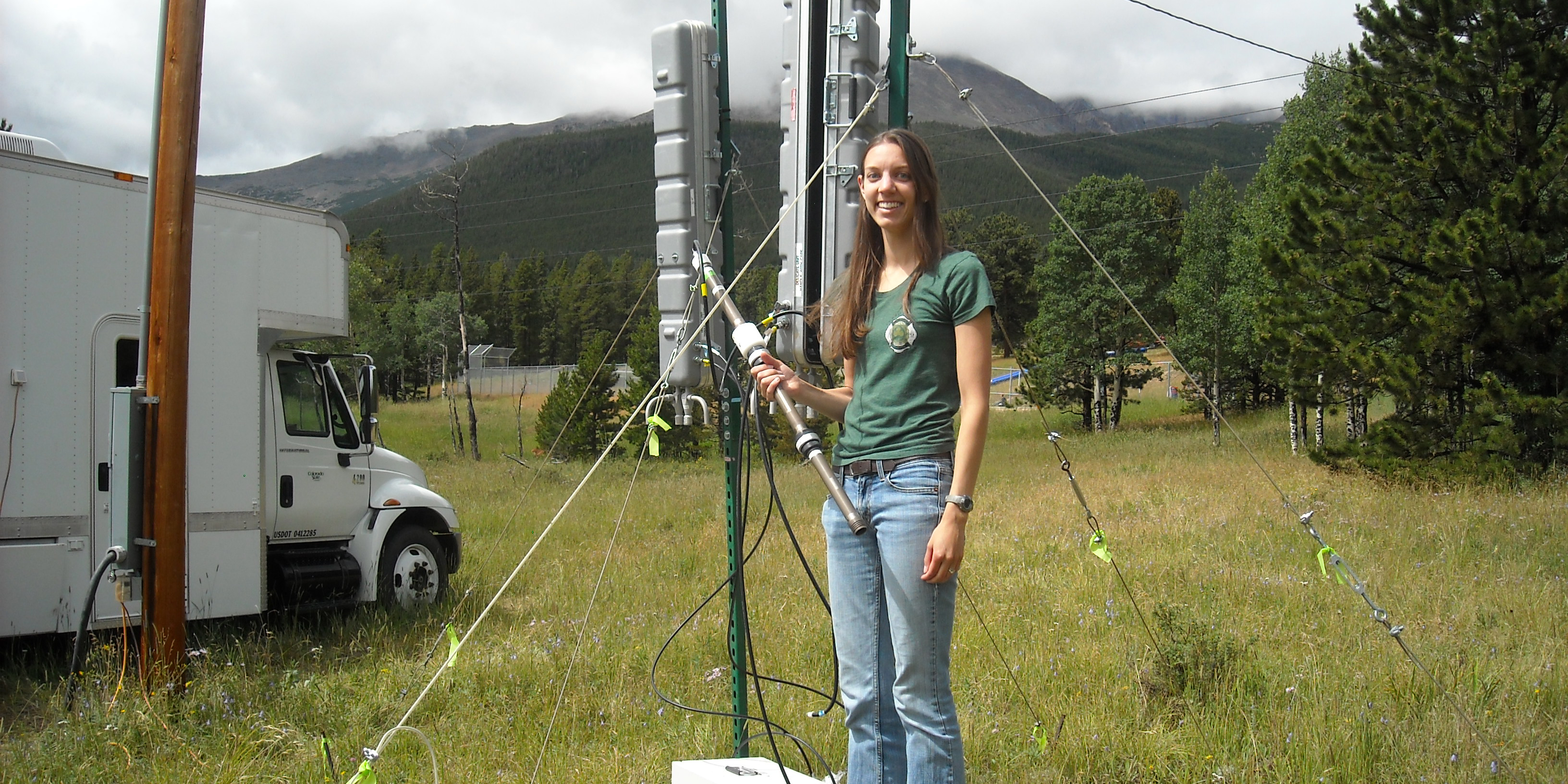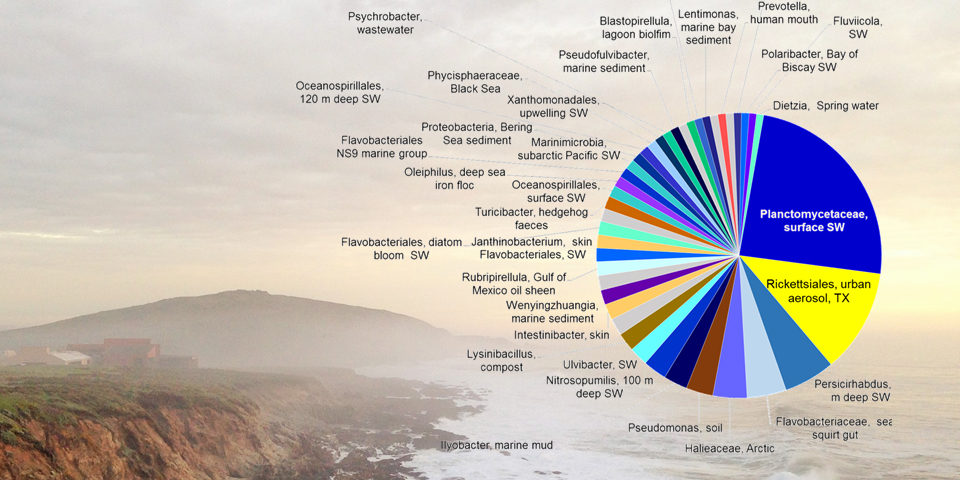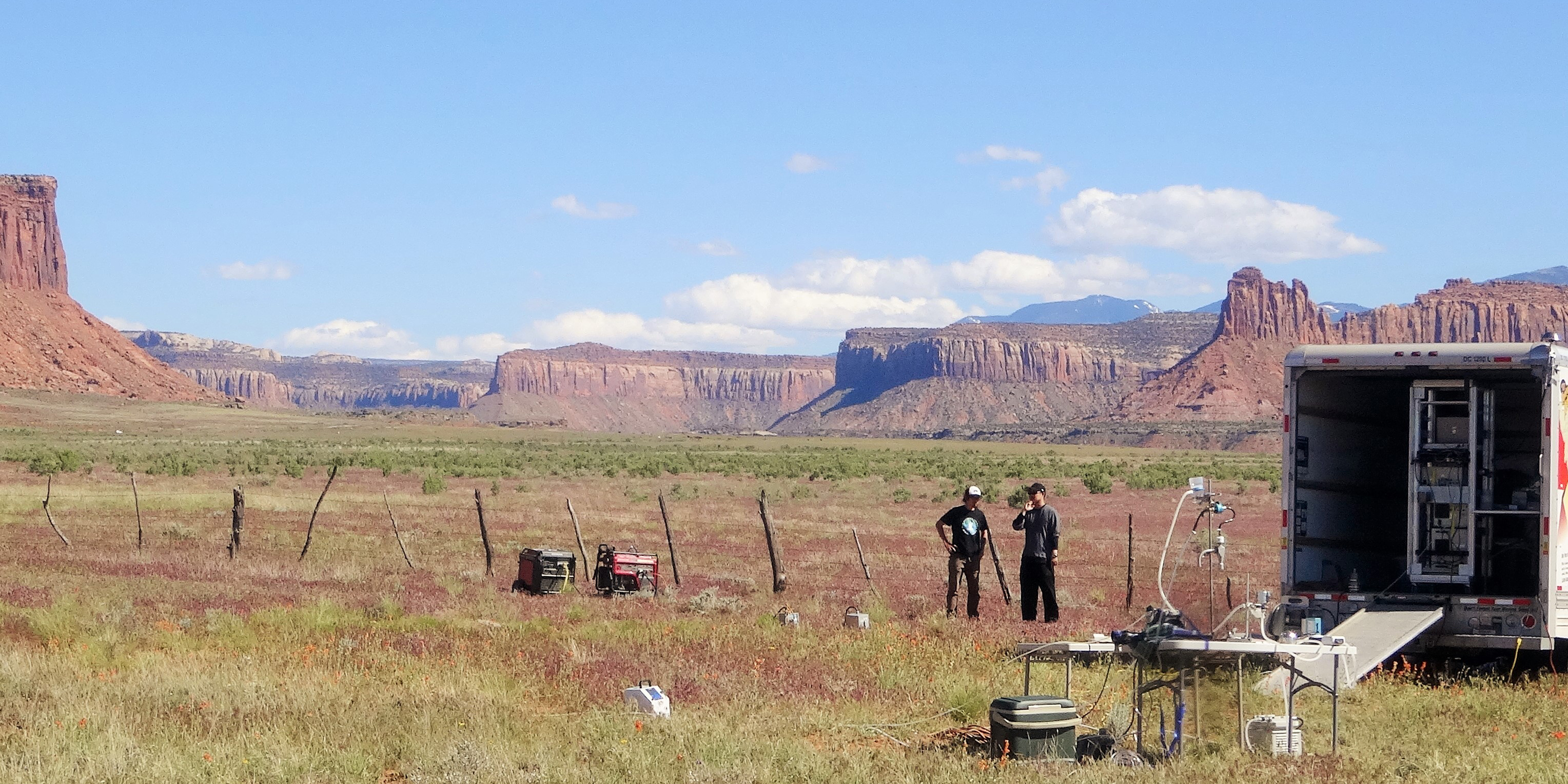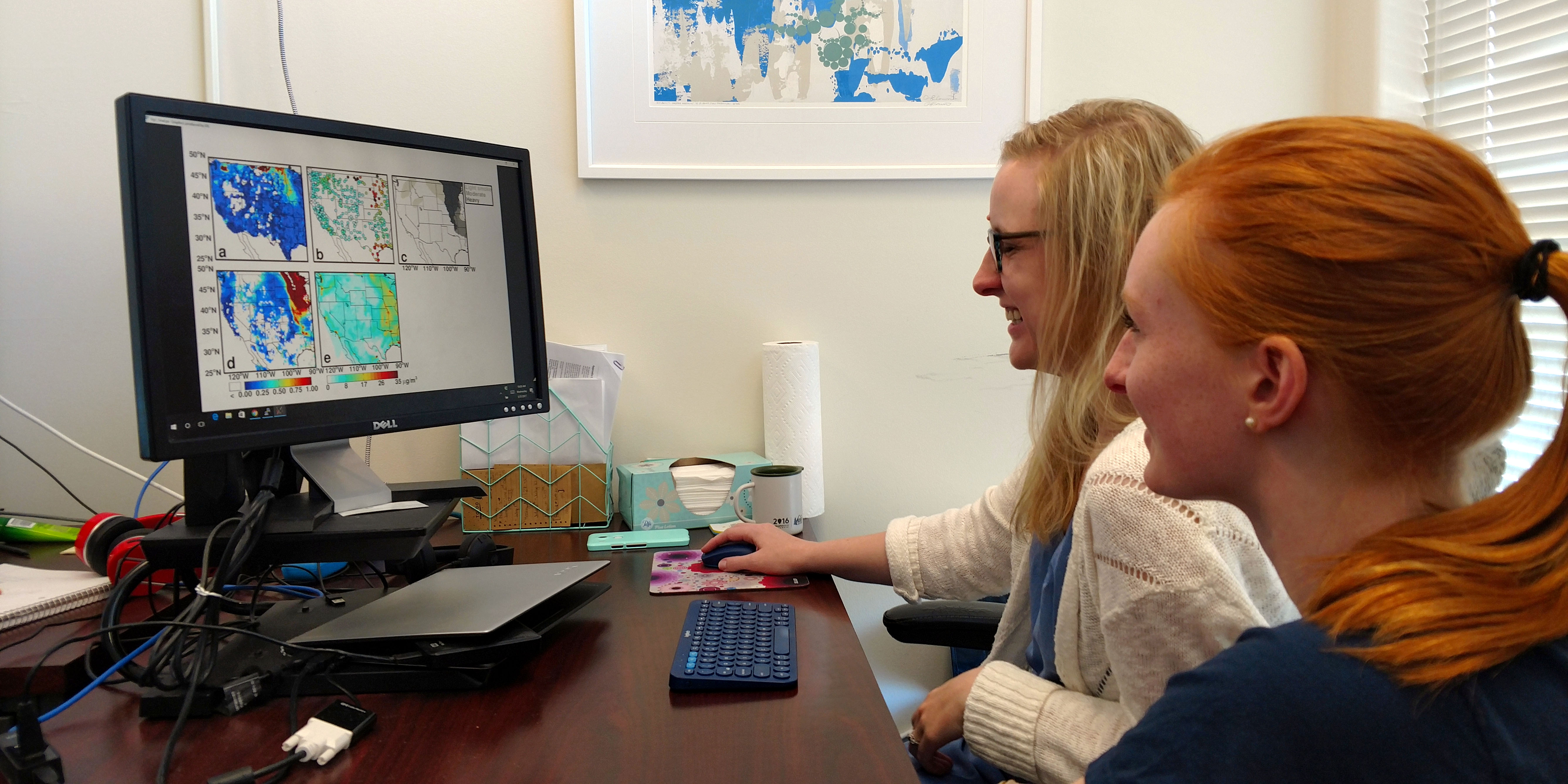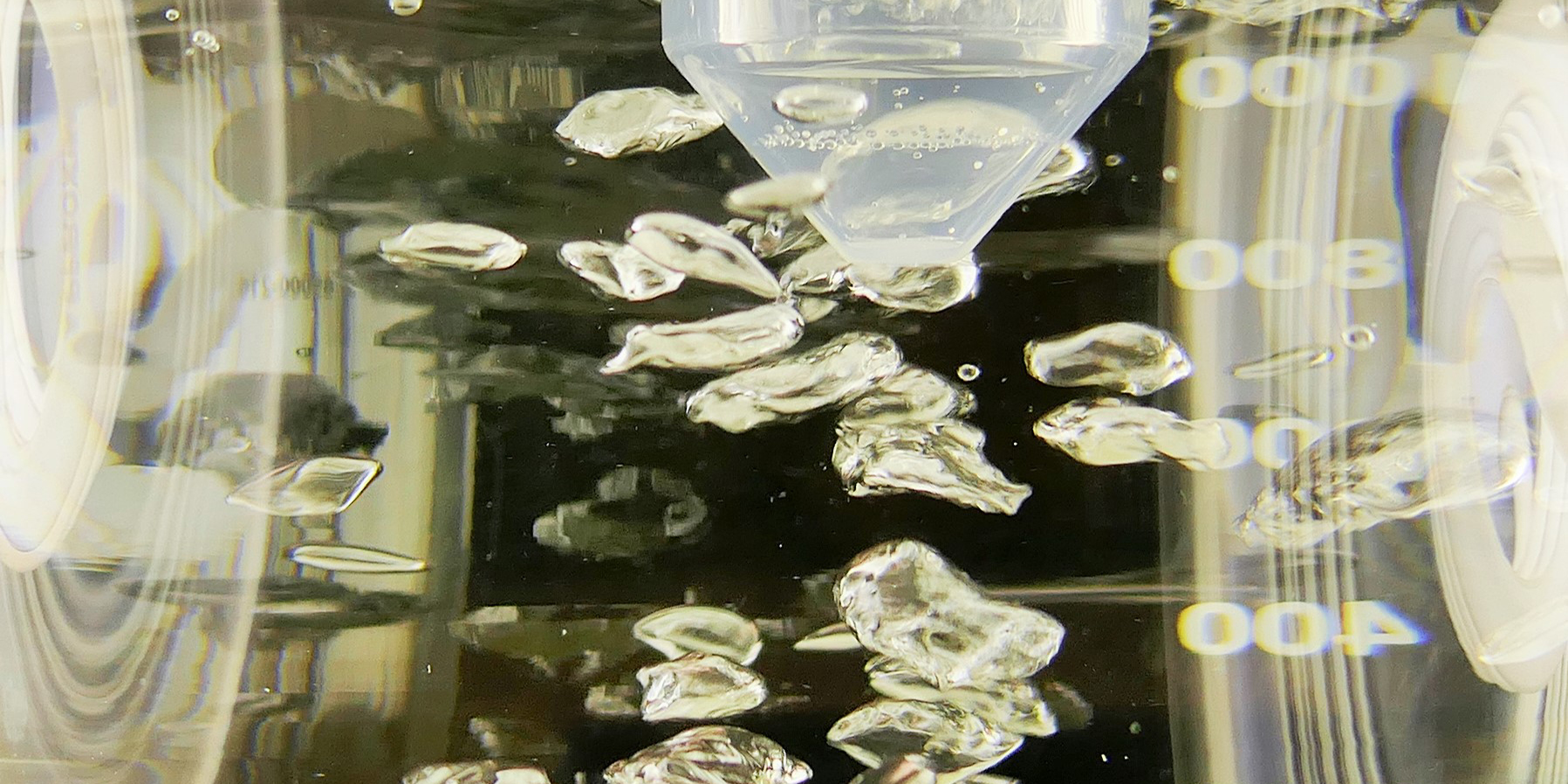Atmospheric Chemistry
CSU is home to a large and active atmospheric chemistry community. There are currently five faculty members specializing in atmospheric chemistry within the Department of Atmospheric Science. Ongoing collaborations exist with many departments across campus including Chemistry, Environmental and Radiological Health Sciences, Mechanical Engineering, Civil and Environmental Engineering, and Soil and Crop Sciences.
Current atmospheric chemistry research at CSU spans a range of topics.
Aerosols and their role in the atmosphere:
Extensive research activities span many aspects of aerosol research, with a focus on the impacts of aerosols on air quality, climate, visibility and health.
- There is a long history of research on aerosol and cloud/fog chemistry and the nature and behavior of particulate matter in the atmosphere. The department has expertise in laboratory, satellite and in situ measurements (surface and aircraft), data analysis and numerical modeling of aerosols on global, regional and local scales. There is specific interest in characterizing the physical and chemical properties of aerosols, as well as understanding aerosol water uptake, aerosol-cloud interactions, near-source aerosol physics, new-particle formation, and the effects of particles on climate, visibility and health. The program is also well known for a longstanding interest and expertise in ice-nucleation research. The Continuous Flow Diffusion Chamber (CFDC) method for characterization of ice-nucleating particle (INP) concentrations was developed and demonstrated at CSU. Current work applies the CFDC and additional methods to the detection and characterization of INP in laboratory studies and in ground-based and airborne fieldwork, with current focus areas of marine aerosols, biomass burning and biological particles.
- The program includes modeling of aerosols and their properties, generation, distribution and impacts. Various modeling tools including GEOS-Chem, WRF-Chem and other chemical-transport models, different aerosol property modules and models (global, regional and local) are being used, developed and implemented to answer questions regarding air quality, health, climate change, precipitation, deposition, etc.
Ozone, organics and reactive nitrogen:
A second theme across the atmospheric chemistry community is a focus on reactive nitrogen, volatile organics and tropospheric ozone.
Observational and modeling projects are underway to better understand the transport, deposition and implications for atmospheric oxidant distributions and their impacts on air quality, climate and ozone layer changes. The connections of volatile organics and atmospheric chemical transformation processes are studied to examine levels of various relevant atmospheric chemicals.
Extensive work is ongoing to characterize deposition of both oxidized and reduced nitrogen, especially in pristine ecosystems, including national parks.
Unconventional air pollution sources:
- Work is ongoing to examine emissions and air quality impacts of unconventional oil and gas development. CSU is involved in many aspects of this research, from measuring emissions of air toxics from specific activities such as drilling, completions and production to characterizing regional-scale impacts of oil and gas development on ozone, fine particles and haze.
- Wild and prescribed fires are an increasingly important source of emissions to the atmosphere, especially in the western U.S. We are actively studying these emissions, their transformation in the atmosphere, and their ultimate impacts on ozone formation, haze and human health, using both measurement and model-based approaches. Measurements span the scale from properties of single particles in lab tests to aircraft measurement of smoke-plume evolution during downwind transport to satellite observations of regional-scale fire impacts. The co-evolution of reactive nitrogen and organics in biomass-burning plumes and interactions of smoke plumes with clouds are key areas of interest. The links between fires, air quality and health are also an important focus area, including communication of information about smoke and related impacts.
- Agriculture is the primary source of ammonia emissions to the atmosphere. Emitted ammonia contributes to fine particle formation and increasing haze while adversely impacting human health. It is also the major contributor to reactive nitrogen deposition across the U.S. We are actively developing improved methods for monitoring concentrations of this unregulated pollutant as well as studying its emission, transport, atmospheric transformation and complex bidirectional exchange with ecosystem receptors.
Stratospheric chemistry:
There is significant work on stratospheric processes among the faculty in the department. Interested readers are referred to the pages of Profs. Thompson and Ravishankara.
In addition to theoretical studies and mathematical analyses of datasets, we apply the following tools and approaches in our research:




Faculty
Sample Coursework During First Two Years of Graduate Program
Fall, Year 1
ATS 540: Daily Weather Laboratory I
ATS 601: Atmospheric Dynamics I
ATS 620: Thermodynamics and Cloud Physics
ATS 621: Atmospheric Chemistry
Spring, Year 1
ATS 622: Atmospheric Radiation
ATS 631: Atmospheric Aerosols
ATS 715: Atmospheric Oxidation Processes
Fall, Year 2
ATS 606: Introduction to Climate
ATS 560: Air Pollution Measurement
Spring, Year 2
ATS 762: Biosphere-Chemistry-Climate Interactions
Other classes of interest
ATS 607: Computational Methods for Atmospheric Science
ATS 652: Atmospheric Remote Sensing
ATS 655: Objective Analysis
ATS 716: Air Quality Characterization
ATS 760: Global Carbon Cycle
ATS 772: Aerosol Physics and Chemistry



